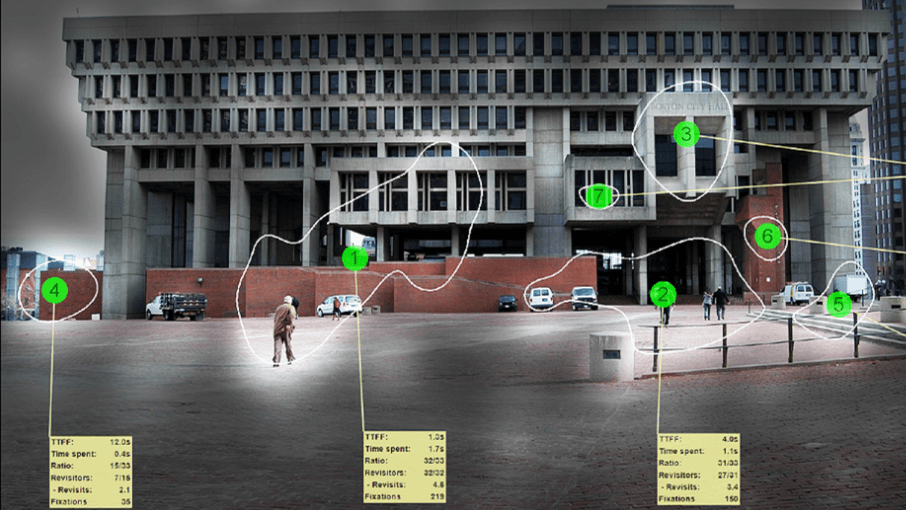The 2nd International Conference on Urban Experience and Design

Neuroscience, evolutionary biology and psychology, coupled with new biometric tools that measure the human experience, provide new ways to understand and assess architecture and urban spaces. This conference brings together creative thinkers from around the world who are shaping ‘evidence-based’ design practices, ones that embrace the hard data of our ‘unconscious’ responses to external stimuli.
This multidisciplinary event will feature presentations from researchers, scholars, architects, planners and designers. Sessions will explore the implications of embodied cognition, cognitive architecture, biology and evolution, as well as new research methods and techniques for using biometrics in planning, architecture and landscape architecture.
Presenters’ papers will be considered for publication in a Special Issue of the journal Planning Practice & Research.
For further information or sponsorship opportunities, email Prof. Justin Hollander at justin.hollander<at>tufts<dot>edu
(Architects may be able to earn up to 4.5 LU HSWs [Health, Safety, and Wellbeing Learning Units] under the AIA Continuing Education Program, final approval is pending).
Photo: Eye tracking shows how people take in Boston City Hall; the shadow study above indicates how people most look at the building in the first 15 seconds, with areas ignored in grey. ©geneticsofdesign.com
